More than 20 million visitors per year walk around the small streets of Venice. Everyone wants to see the same landmarks, such as Palazzo Ducale or the Rialto bridge, which makes the surrounding areas overcrowded at times. Contrary to what you might think, this does not prevent you from visiting the city in peace and quiet.
There is no doubt that the main monuments deserve to be seen, but don’t stick to these touristic areas. There are plenty of things to see all over the city, which are as beautiful and less crowded. You will enjoy your trip much more and really value the beauty of Venice.
The City of Venice recently proposed several new measures to spread the visitors over the whole island. One initiative is a map with interesting sights outside the touristic center, which is certainly a good idea. The 9 tips in this post will already give you a lead to make your visit to La Serenissima relaxed and unforgettable. But be warned, once you really get to know the city, you might get addicted and you will want to return over and over again.
1. Get lost
This first tip might sound as a cliché, but it is really crucial. Take your time to wander around, just for the sake of getting lost. You won’t regret it.
Venice is not very big. It’s approx. 5 km from west to east and 2 km from north to south. With the exception of the islands, you can easily walk everywhere. This is the best way to experience the local culture, to discover hidden corners and to have unexpected encounters. Keep in mind that there are lots of bridges and streets paved with cobblestone, so comfortable shoes are a must.
Venice is an island, hence it’s impossible to get totally lost. When you reach the lagoon, you know it’s time to turn back. There is also no ‘bad’ neighbourhood, so there’s no need to worry about that either.
2. Don’t rush
Don’t fall into a trap of rushing from one place to another, as if you’re afraid you will miss something. No matter how fast you go, there’s no doubt that you will miss out on a lot of things. There is so much to see that it’s impossible to do everything on one trip. Even after visiting Venice several times per year for many years, I still discover new things every time I go there. My to-visit list is always getting longer instead of shorter. You just need to accept this and make the most out of your trip.
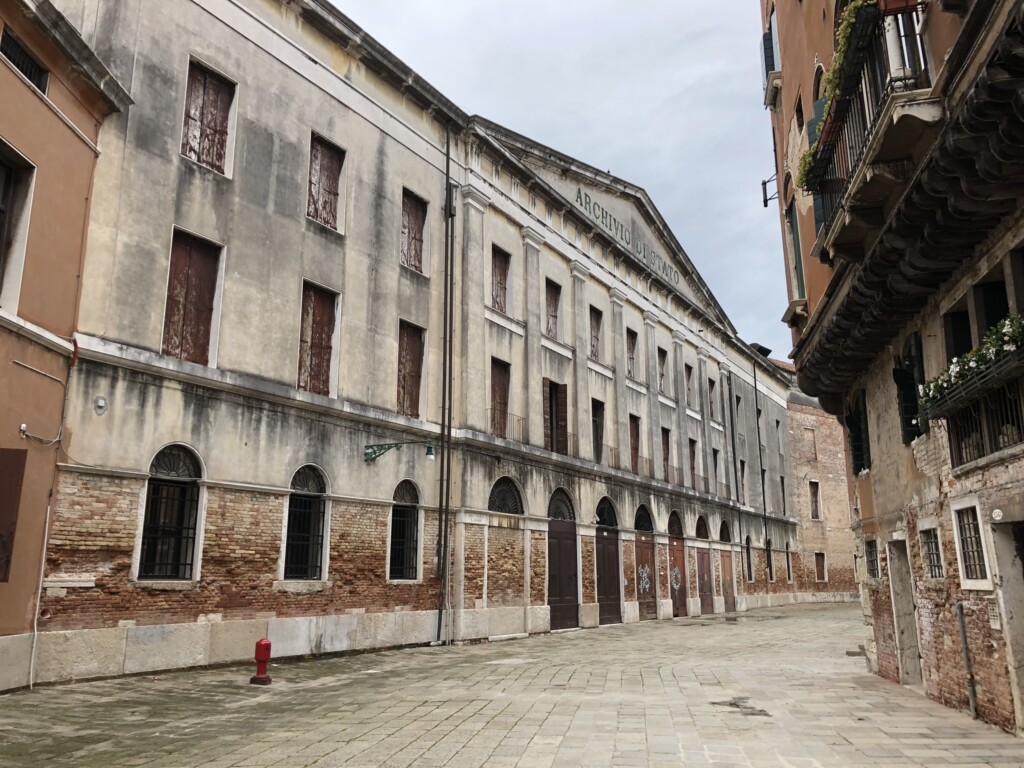
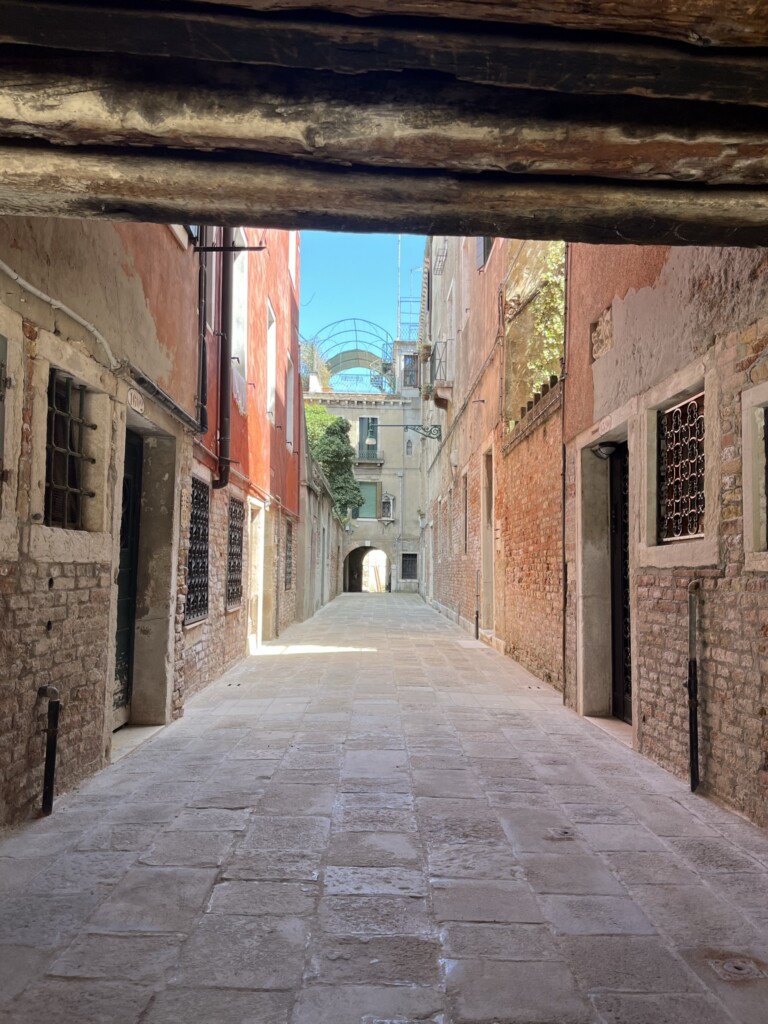
3. Explore all sestieri
Venice consists of 6 sestieri (the Venetian word for neighbourhoods). The most crowded one is without any doubt San Marco. In comparison, a walk in any of the other sestieri feels as a relief. On top of that, they all have interesting and often surprising places to explore. To escape the crowds, wander towards the north to discover the Jewish ghetto in Cannaregio, to the east to explore Castello with the San Pietro basilica or cross Canal Grande and walk around Dorsoduro, San Polo or Santa Croce. You will notice that each sestiere has its own atmosphere, so it’s really worth it to visit all (or at least several) of these areas.
4. Take a view from the top
For a good view on Venice, climb the campanile of San Giorgio Maggiore instead of the one of San Marco. From 60 meter heigh, it gives you a beautiful 360 degrees view on the city and the lagoon islands. You can admire the San Marco square and the Palazzo Ducale, which is more difficult from the San Marco campanile. You will also see Canal Grande, Punta della Dogana and even the Arsenale in the east.
Another advantage is that there are no queues to enter the campanile. It takes less than 5 minutes to reach the San Giorgio Maggiore island with the vaporetto. This means that, most likely, you will be faster up there than queueing at the San Marco campanile. Alternatively, if you don’t want to take the vaporetto, you can climb the spiral staircase of the Scala Contarini del Bovolo. This residential house is hidden near Campo Manin, only a few blocks from the San Marco square.
5. Combine different types of buildings
Venice has a very wide variety of museums, ranging from historical collections (e.g. the 18th century Venice at Ca’Rezzonico) over specific topics (e.g. costumes and perfume at Palazzo Mocenigo), to contemporary art (e.g. Palazzo Grassi). There are also plenty of churches, varying from overwhelming to very small. Each of them has its own story to tell.
However, museums and churches are not the only places where you can discover the art and history of Venice. Alternative options include historical libraries (such as Biblioteca Marciana), palazzo’s (such as Palazzo Grimani), the ‘scuole grandi’ (religious confraternities, such as the Scuola Grande di San Marco or della Misericordia, read tips in my post ‘These stunning scuole grandi reveal the social history of Venice’) and monasteries (such as the Seminario Patriarcale). They all offer a different perspective on the life in Venice in the past.
You can also visit one of the many restored and transformed buildings. This gives you the opportunity to admire the grandeur of Venice from the inside. An example is Ca’ Corner della Regina which is now the exhibition area of the Fondazione Prada.
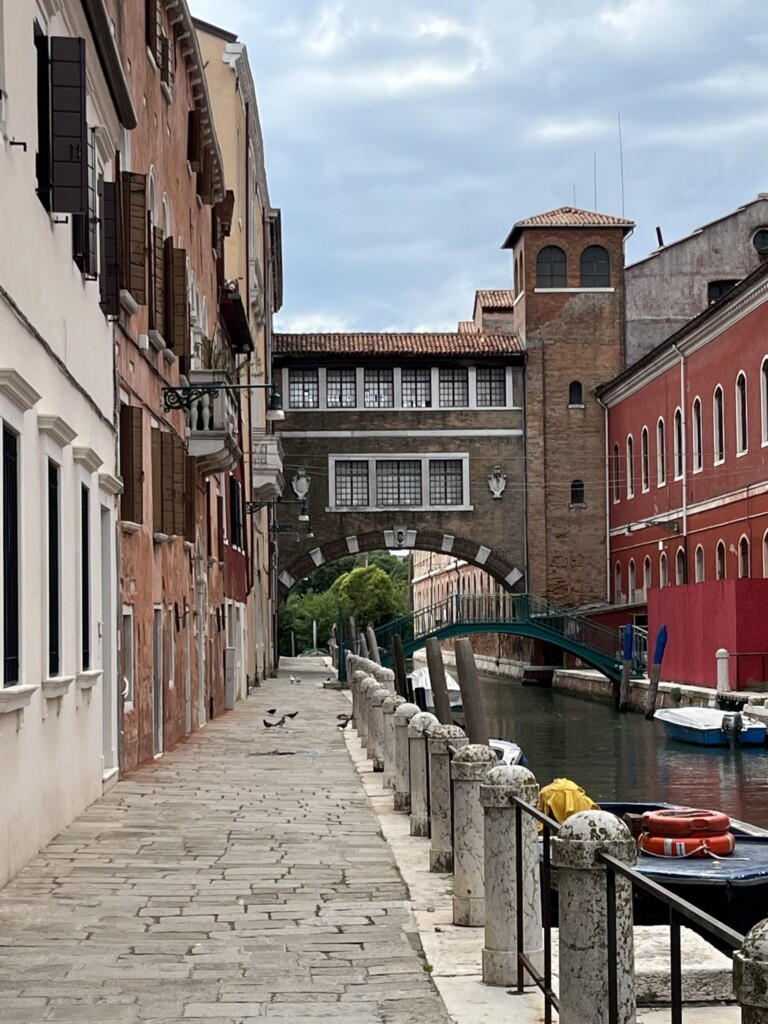
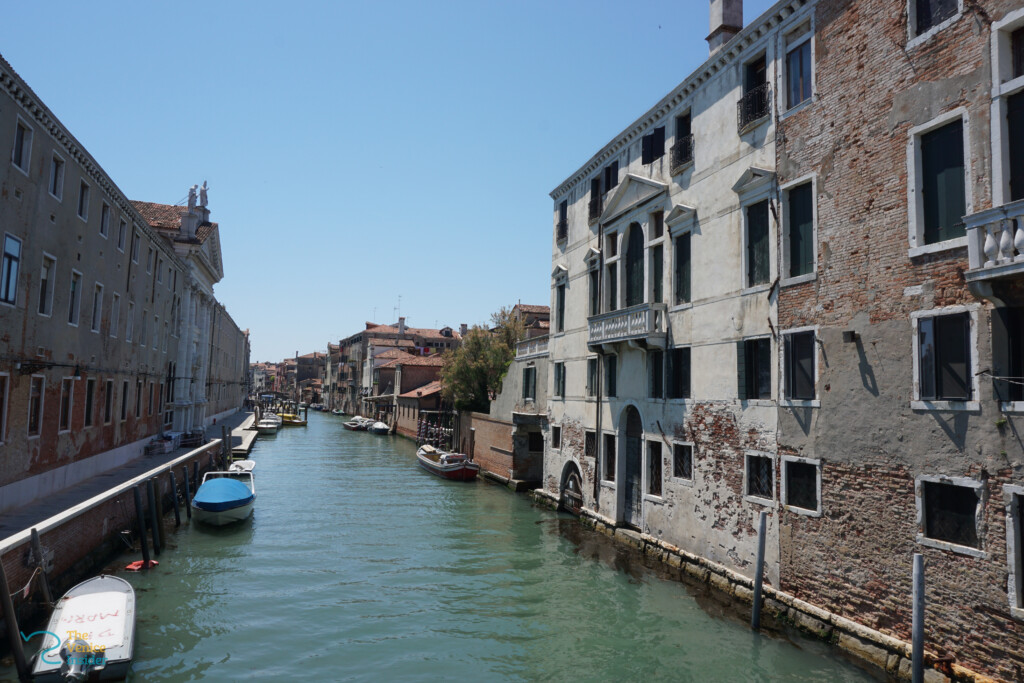
6. Follow a tour
Several historical sites organize guided tours for individuals. Examples are Ca’Foscari (the headquarters of the university), the Fondazione Giorgio Cini (a cultural organization based in an old monastery), the clock tower, Palazetto Bru Zane (a wonderful 17th century palazzo) or Teatro La Fenice. These visits will not only provide you background information on the beautiful buildings and art. The guides will often share with you intriguing stories or dark secrets about the Venetian history. You can also decide to visit some of the historical gardens in Venice with a guide of the Wigwam association.
Many tourists prefer individual visits over joining an organized tour. I also like to discover a city at my own pace, but in many cases, the tours are your only possibility to access these buildings. The size of the groups is often limited, so it will almost feel as a private tour. When I visited the Fondazione Cini for instance, our group consisted of 6 people. Another advantage of joining a group is that you will receive an expert answer to all your burning questions. Some tours need to be booked upfront, while you just need to show up on time for other ones. Look at their websites for the most up-to-date information.
Alternatively, you can book your own private guide based on the theme or location you want to visit. I can highly recommend Luisella Romeo from SeeVenice. She always surprises me with her in-depth knowledge of the city.
7. Check the Biennale events
Every year, a Biennale takes place in Venice from May until November. The even years are dedicated to art, while the uneven years focus on architecture. A lot of palazzos and other buildings all over the city open exceptionally to host a temporary exhibition during this period. This gives you a unique opportunity to visit these historical locations for free, while enjoying an exhibition of the Biennale. You don’t need a Biennale ticket for this. Even if you’re not interested in the exhibition, you can still admire the site itself. This year, you can for instance visit the prison for women on Giudecca (Holy See), Ospedaletto (Montenegro) or the Marina Militare (Chile). You can find more information in my post ‘What to expect from the Art Biennale 2024’.
8. Visit an island
Don’t limit your trip to Venice. Take the vaporetto and get off at the less touristic islands in the lagoon. A visit to the islands will immerse you in a completely different atmosphere. You could explore for instance Torcello, which was the origin of Venice, Certosa, a very relaxing island with lots of green, Giudecca (more info in my post ‘Giudecca: A peaceful island with 10 remarkeable buildings’), which lies directly in front of Venice, San Servolo, with a mental asylum museum or Sant’Erasmo, the agricultural island of Venice. I know from experience that it can be difficult to draw yourself from Venice if you haven’t seen everything yet. However, if you do so, it will certainly add value to your trip.
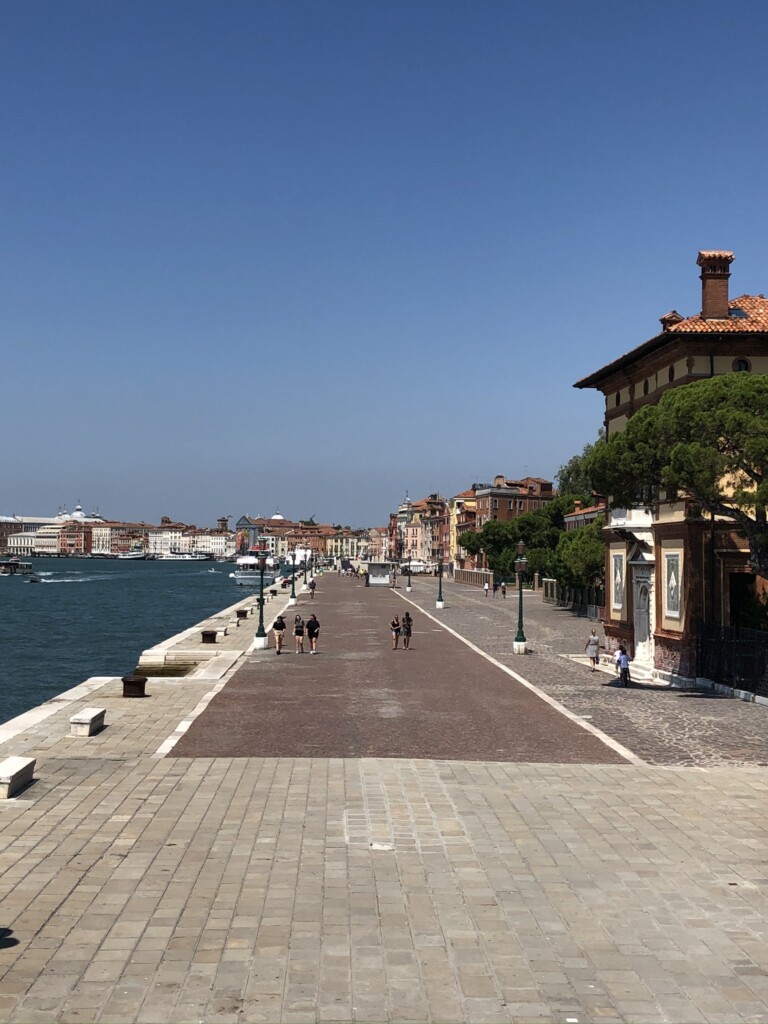
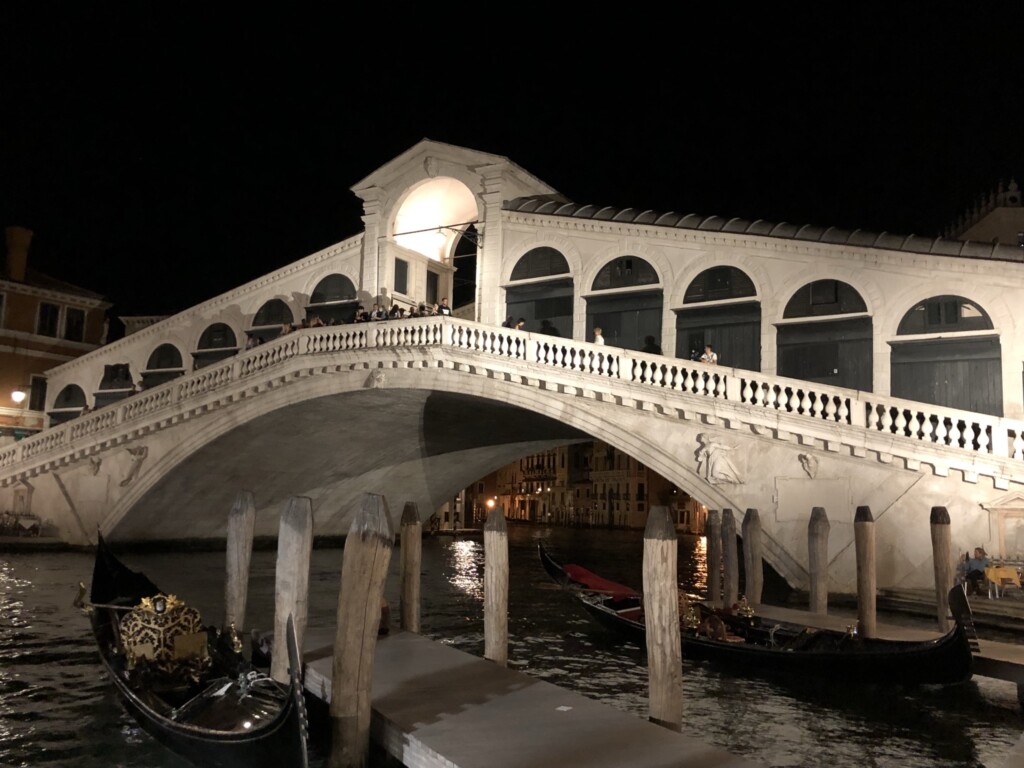
9. Watch the crowds
Finally, enjoy a typical Venetian spritz (aperitif made with prosecco and aperol) or a non-alcoholic Crodino and a few cichetti (small appetizers). Ideally, choose a terrace with a view on the lagoon or a canal where you can watch the crowds. This is the perfect moment to reflect on your day, to enjoy the moment and to plan your next day or trip to Venice.
When you follow these tips, you will discover that Venice is much more than only the area around San Marco. You just need to deviate from the ready-made walks from your travel guide to unveil an intriguing city.
If you need more inspiration, you can find plenty of ideas on my website and on the website of Detourism Venezia. This division of the official Tourism Agency of Venice promotes slow and sustainable tourism and encourages travelers to go beyond the usual tourist sights.
Enjoy your discovery of Venice!
